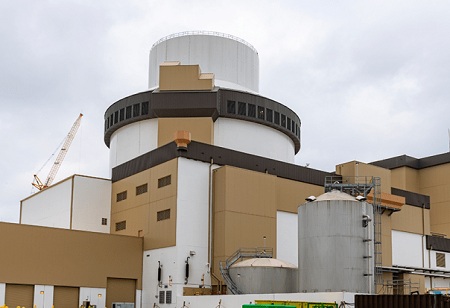India's nuclear power industry is saving 41 million tonnes of carbon dioxide emissions annually, compared to emissions that would have been generated by equivalent electricity generation from coal-based thermal power plants, Union Minister Jitendra Singh informed Lok Sabha.
Singh said as part of low carbon development of electricity systems consistent with improved development advantages, the government was exploring a significantly greater role for nuclear power. Nuclear power currently comprises three per cent of India's total electricity generation, Singh said, adding that sufficient production
and share of atomic energy was essential for ensuring the country's energy security. Current policy targets a three-fold rise in nuclear installed capacity by 2032, said Singh, who is in-charge of the Department of Atomic Energy.
He said nuclear energy can be considered for delivering base load power free of intermittency in place of energy from fossil fuels. Singh said the present installed nuclear power capacity is set to increase from 6,780 MW to 22,480 MW by 2031 on progressive completion of projects under construction and accorded sanction.
He added that in the next three years, capacity addition of 5,300 MW is planned on completion of two 700 MW units each at Kakrapar Atomic Power Station and Rajasthan Atomic Power Project respectively, two 1,000 MW power plants at the Kudankulam Nuclear Power Project and one 500 MW Prototype Fast Breeder Reactor at Kalpakkam.
Out of the 6,780 MW total installed capacity, Rajasthan Atomic Power Station 1 (100 MW) is currently undergoing an extended shutdown, while Tarapur Atomic Power Stations 1 and 2 (2X160 MW), Madras Atomic Power Station 1 (220 MW), and Rajasthan Atomic Power Station 3 (220 MW) are all in project mode for various upgrades, renovations, and modernization activities. The minister stated that the remaining 5,920 MW is being used at its rated capacity.
